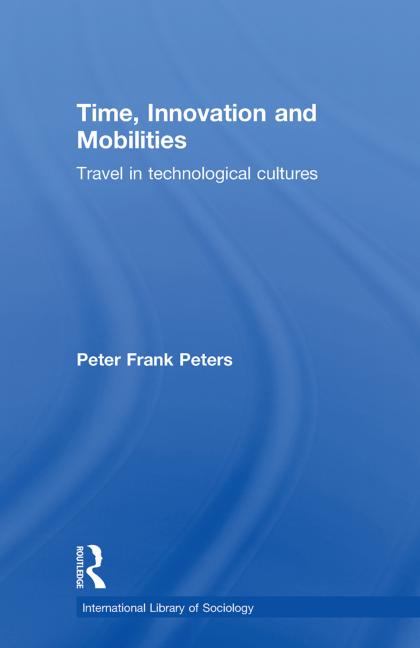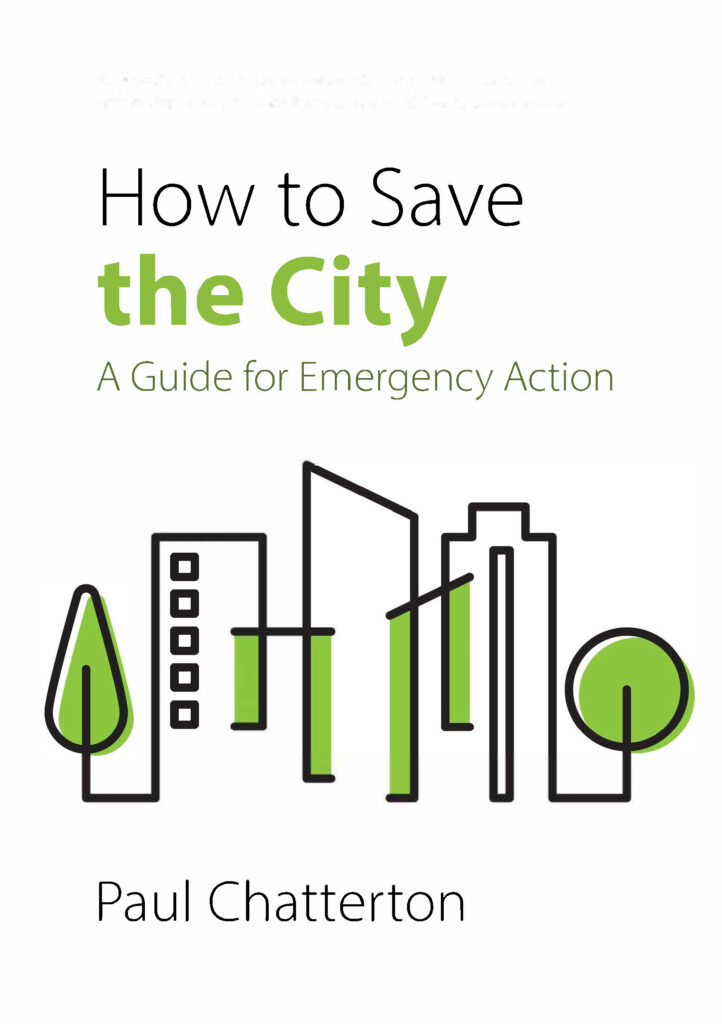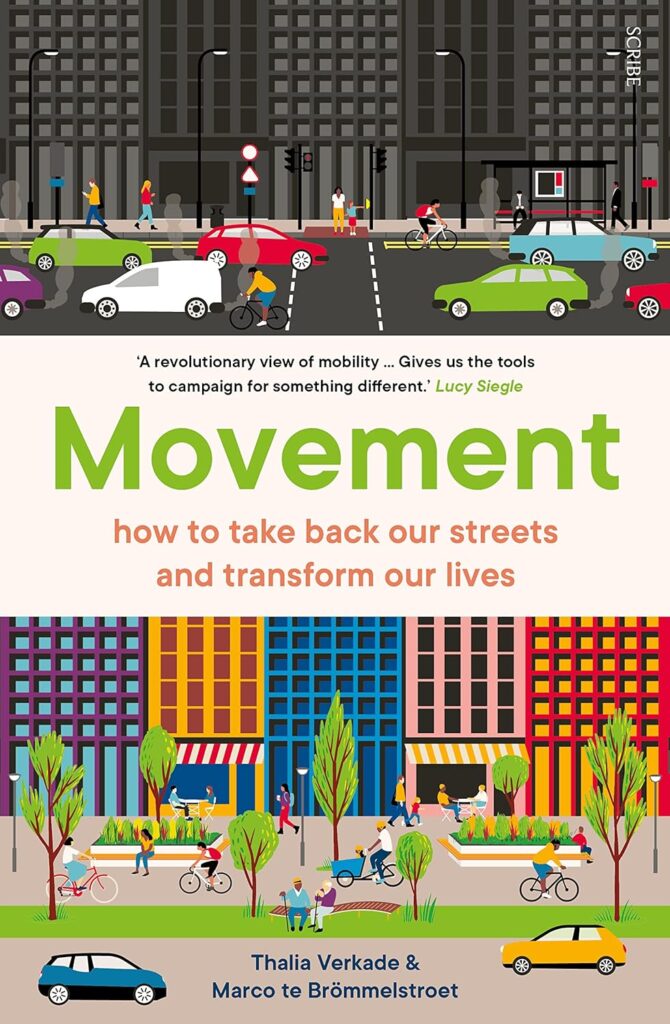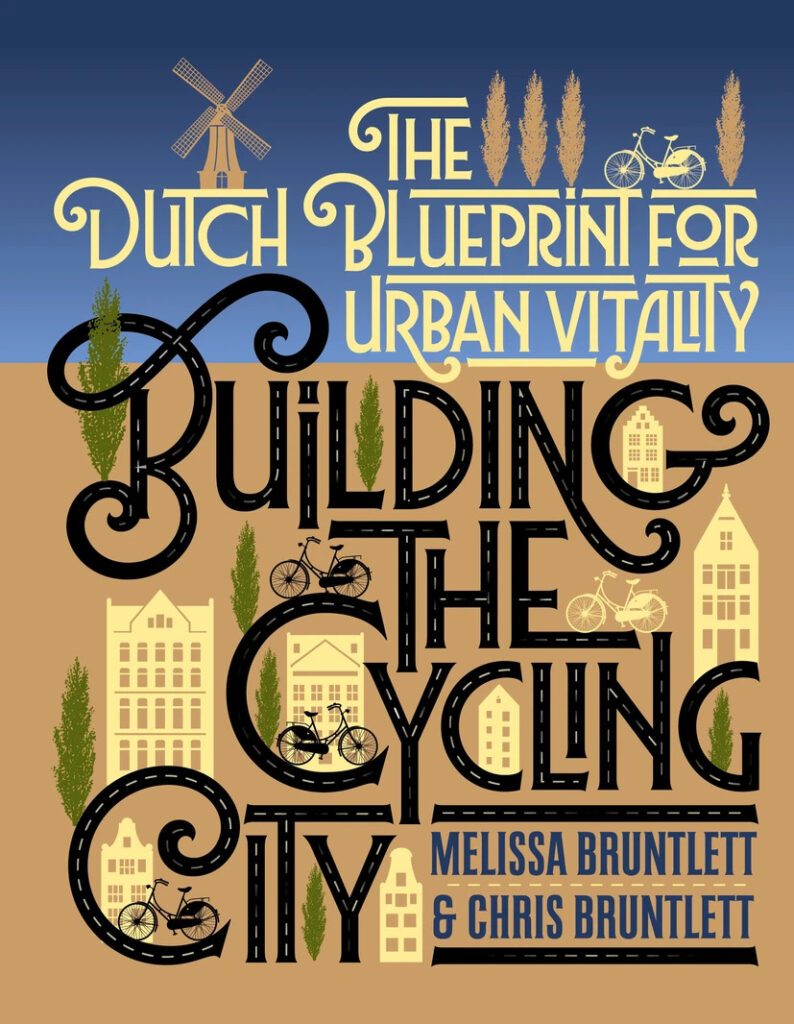Innovations not only solve problems, but reinvent them as well. Problem and innovations continuously co-evolve.
Peter Frank Peters (2006, p. 175)

What is it about?
Mobility policies are profoundly political, while we have increasingly simplified them as engineering puzzles. Peter Frank Peters explores, based largely on Dutch examples, studied how this potentially corrupts what we see and what we do not see when we design mobility arrangements. The book shows what the costs are of simplifying our views on mobility problems and solutions.
One of the main claims of the book is that the politics of mobility has been a politics of time gains. By looking at people as rational utility-maximizers, traffic engineers have labored on creating faster, and frictionless trips between the relevant A’s and B’. The assumptions underlying this is that (1) time can be gained (and spend on other, more relevant activities) and (2) that possible social dilemmas can be resolved through design solutions.
Peters takes aim at one of the main scientific bodies of criticisms on this that is represented in time-space geography (Hägerstrand) and constant travel time budgets (i.e. Hupkes, Zahavi). He argues that that line rightfully shows that the first assumption is wrong, opening up the potential thinking of increasing slowness as mobility policy. However, they also build on the premise that travel time can be decontextualized as objective clock-time and presented in a -neutral- comparative manner. This is something that Peters strongly opposes, showing how this way of thinking about time has become dominant and how we can also see time as a much more subjective phenomenon.
The book proposes to regain the politics behind mobility policies, precisely because current engineering perspectives cannot meet the second assumption; they do not solve important social dilemmas. Any traffic solutions creates conditions in which time, space and risk are exchanged between people. How this exchange is staged is a question that not experts, but citizens should solve.
To structure this, the book proposes a matrix of 2 design styles (the modern vs the organic) and two regulation styles (regulative vs deliberative). He shows how this approach plays out in topics ranging from flight management, shared space, traffic lights, US national parks and ‘smart’ innovations.
Speed is the key mechanism in how traffic solutions materialize. But, the book does a great job in showing that speed is not a given, but the outcome of intrinsic, societal developments that all have to align to form a certain fixed arrangement. In that sense, the book strongly supports the ideas of Ivan Illich.
What approach does it take?
The argument and examples build on social theory, political science and sociology. Through these bodies of theory, and building on Mobilities scholars such as John Urry, Peters unravels the social dilemmas that are backstaged in traffic engineering.
Who might be interested in this book?
If you want to understand how mobility became a depolitized domain given away to engineering and economic thinking, this book helps (while Prytherch’s book does an even better job in this). Time, Innovation and Mobilities mainly helps us to understand that -and how- we can regain the design question of public space again as a wider societal issue at stake.
The vocabulary related to the concept of passages provides other ways of debating mobility problems. Travelling does not only mean ‘saving’ time, but also the construction of situated kinds of time.
Peter Frank Peters (2006, p. 180)
Further details
Academic discipline: sociology, political science, philosophy
Geographical scope: examples from the Netherlands, USA. Mostly generic insights.
Relation to cycling: One of the main mechanisms in th exchange of time, space and risk is speed. Peters uses cycling, and cycling dominated places (Dutch island of Schiermonnikoog) to show how lower cycling related speeds offer a more democratic exchange than motorized vehicles. Next to this more general point, Peters uses Dutch design manuals for cycling to show their thinking around different ‘ensembles of passages’. His criticism on this, is that even there, the speed of motorized traffic dominates the thinking as a given.



